 When you are new to recovery, one of the first questions you will be asked is: “Do you have a sponsor?” Kay Sheppard, in her book From the First Bite, defines a sponsor as “a trusted partner in recovery who will share their experience, strength and hope.”
When you are new to recovery, one of the first questions you will be asked is: “Do you have a sponsor?” Kay Sheppard, in her book From the First Bite, defines a sponsor as “a trusted partner in recovery who will share their experience, strength and hope.”
A sponsor is a recovering food addict who is willing to be of service and help the newcomer. Sponsors don’t replace a therapist or a professional consultant, but rather they serve as the “go-to” person that stays connected with the people they work with.
Joining a program of recovery is a big step. Many of us have tried to do it alone and found out it doesn’t work. Working with a sponsor is essential to recovery, and when it comes to food addiction it is important to have a food sponsor and a step sponsor, or preferably one person who can take both roles.
Most people choose a sponsor in an informal way. They meet someone in a face-to-face or a phone meeting, or they find their sponsor through word of mouth.
When choosing a sponsor, it is important to interview different people until you find the one that fits your needs and style. My recommendation is to prepare a list of questions and to ask different people the same questions. After hearing the answers, pray and turn it over, asking for guidance on who is the best person for you to work with.
List your “non-negotiables”
Based on my experience sponsoring people and being sponsored for many years, I created my personal list of “non-negotiables” for choosing a sponsor:
- They should follow the same exact food plan as I do.
- They should be working the steps.
- They must be available and accessible.
What are your “non-negotiables”? They might be different than mine. Get clear and make a list.
Interviewing potential sponsors
Choose your favorite questions from the list below and use them to interview potential sponsors:
-
- What is your personal experience with food addiction and recovery?
You want a sponsor who has what you want and who lives their life in the solution rather than in the problem.
-
- How long are you in recovery and how long are you abstinent?
Choose a sponsor who has been abstinent longer than you have. The longer the recovery time the more experience, strength, and hope the person can share. Some people recommend working with a sponsor with at least one year of consistent recovery. Trust your intuition. If your intuition tells you you’ve found the right person and they have less than a year of abstinence, make sure they have enough experience with recovery to be of service to you.
-
- How important is it to work the steps?
We know from our experience that people who try to follow the food plan without living a 12-step way of life do not experience long-term success. In order to recover, the food plan must be supported by a spiritual program. Having a conversation with your potential sponsor about spirituality and working the steps will help you evaluate if the person is “walking the talk”. There are different recommendations as to how long a sponsor has been working the steps before taking other people through the steps. My personal opinion is that a sponsor should be consistent with working the steps and be past step 4 when starting to work with others. It is definitely important that your sponsor has worked more steps than you have.
-
- What are your expectations and requirements in sponsoring?
A few days ago I had a conversation with a new sponsee and she shared that she feels like a burden and that she is bothering me when she calls to ask questions. I quickly reminded her that it is not only a request but it is a requirement that she call me when in doubt, especially when she is new to recovery. Asking your potential sponsor for their expectations is extremely important. Ask clarifying questions if you are not clear after discussing it with them.
-
- What is your availability for phone calls and meetings? (either face-to-face or virtual)
Communication is the most important aspect of relationships. Get clear about how often and in what ways you are going to communicate.
-
- What are your strengths as a sponsor?
This question will help you get a sense of the personality, gifts, and attributes of the person.
-
- What are your weaknesses as a sponsor?
Being honest is important in recovery, and you want to work with someone who is aware of their character defects and willing to share.
People have different personalities, backgrounds, stories, and needs. Interviewing a few people will help you find a good match.
If you are available to sponsor, please email us at kshepp825@aol.com and we will add your name to our list of potential sponsors.
Thank you for your service!
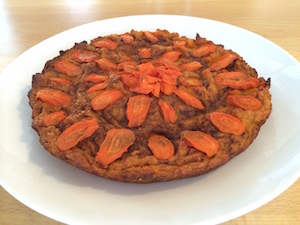 This is a full lunch or dinner meal with Holiday flavors and colors.
This is a full lunch or dinner meal with Holiday flavors and colors.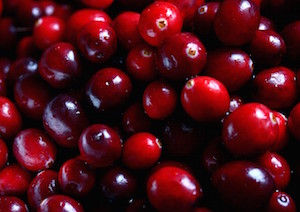 This cranberry relish is so good with turkey for breakfast and metabolic.
This cranberry relish is so good with turkey for breakfast and metabolic. As addicts, we have some tendencies that make life hard. We tend to be perfectionists. We tend to overdo and be over the top. Some of us try to please others and we’re always working to improve and get better.
As addicts, we have some tendencies that make life hard. We tend to be perfectionists. We tend to overdo and be over the top. Some of us try to please others and we’re always working to improve and get better. As food addicts, we tend to adopt different compulsive behaviors, one of them is overspending and too much shopping during the holidays. Not only do we spend a lot of money and clutter our house with items we don’t need, we risk out recovery by inviting insanity, madness and stress into our life.
As food addicts, we tend to adopt different compulsive behaviors, one of them is overspending and too much shopping during the holidays. Not only do we spend a lot of money and clutter our house with items we don’t need, we risk out recovery by inviting insanity, madness and stress into our life. “Worrying is like sitting in a rocking chair. It gives you something to do but it doesn’t get you anywhere.” Glen Turner
“Worrying is like sitting in a rocking chair. It gives you something to do but it doesn’t get you anywhere.” Glen Turner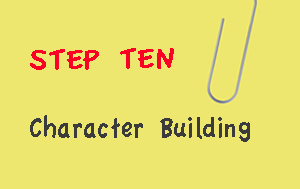 Step 10. Continued to take personal inventory and when we were wrong promptly admitted it.
Step 10. Continued to take personal inventory and when we were wrong promptly admitted it. When you are new to recovery, one of the first questions you will be asked is: “Do you have a sponsor?” Kay Sheppard, in her book From the First Bite, defines a sponsor as “a trusted partner in recovery who will share their experience, strength and hope.”
When you are new to recovery, one of the first questions you will be asked is: “Do you have a sponsor?” Kay Sheppard, in her book From the First Bite, defines a sponsor as “a trusted partner in recovery who will share their experience, strength and hope.”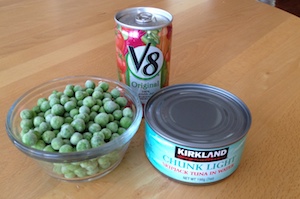 Ingredients:
Ingredients: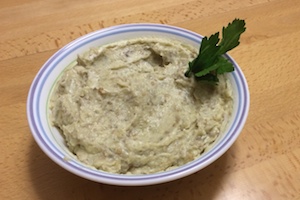 Here’s a simple way to cook eggplants, which is the base of baba ghanoush. It’s much easier and less messy than roasting eggplants in the oven.
Here’s a simple way to cook eggplants, which is the base of baba ghanoush. It’s much easier and less messy than roasting eggplants in the oven.